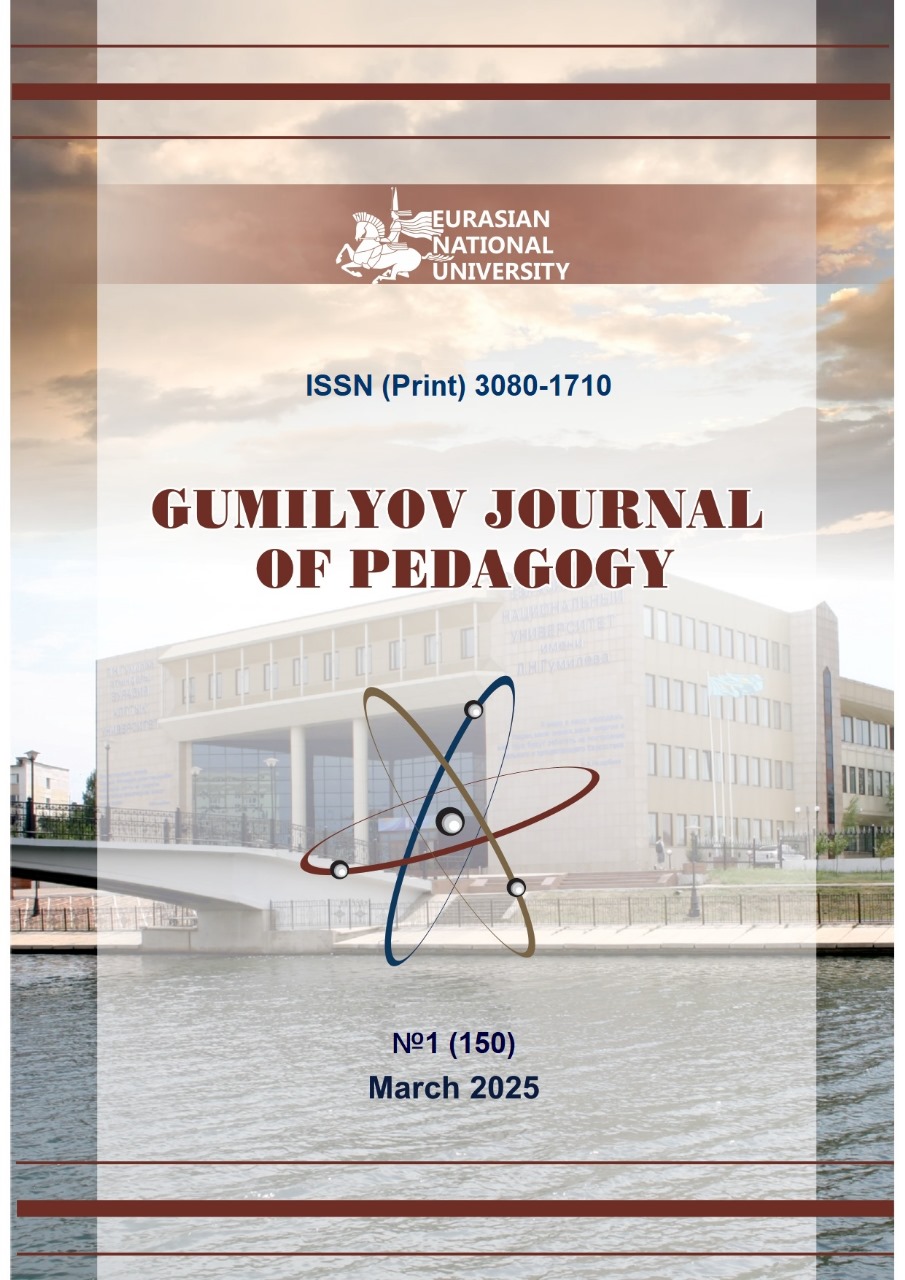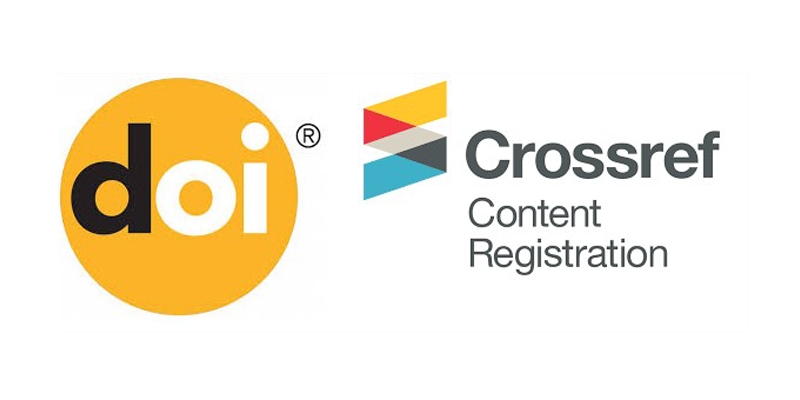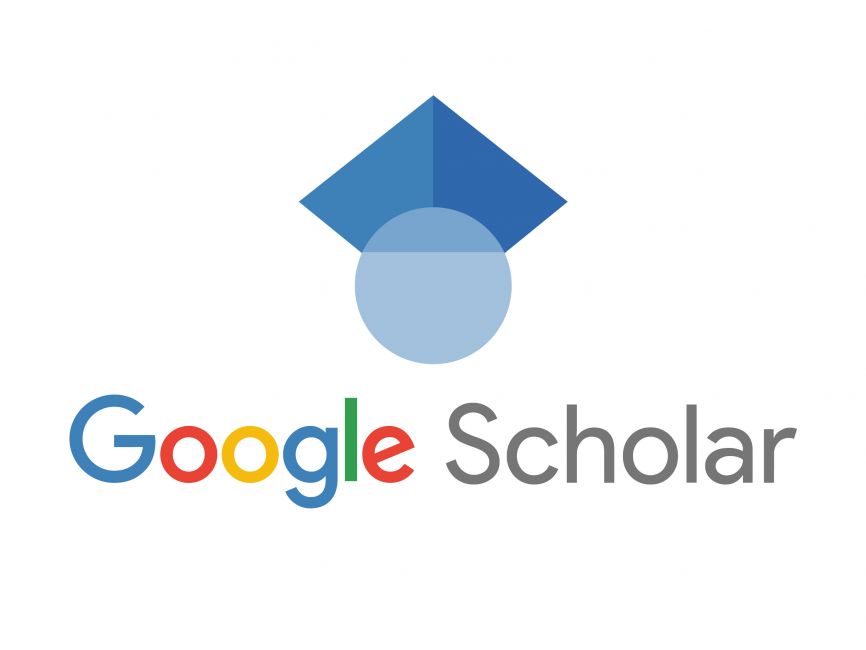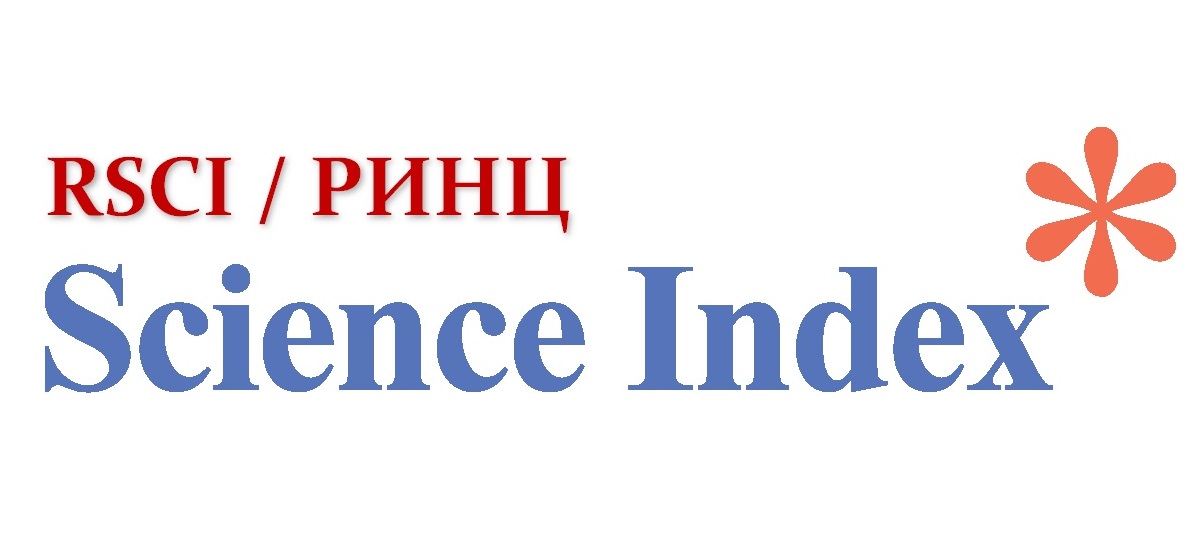Aspects of application of neuropedagogy in universities
DOI:
https://doi.org/10.32523/3080-1710-2025-150-1-352-366Keywords:
cognitive processes, neuroscience, neurodidactics, neuropsychological knowledge, communication, brain, motivationAbstract
The purpose of the work is to evaluate the achievements of neuroscience in higher education institutions, including in terms of their use during the training of students in professional terminology. In particular, for the first time, the possibility of formation of professional thinking in students is analyzed based on the knowledge about the laws and mechanisms of the brain (brain-based learning).
The work shows that assimilation and understanding of new words (terms) takes place through the activity of neural systems responsible for the processes of perception, attention, memory and executive functions, as well as reward and motivation. In addition, a conclusion is made about how important it is to take into account the specifics of professional terminology — abstract and concrete concepts — in the process of assimilation. The study of neuroscience revealed a difference between research directions in different countries: Russian specialists mainly focused on the search for personalized neurotechnologies and the introduction of digital programs and devices designed with the brain in mind. Foreign researchers are trying to create a unified methodology of neuroeducation and prove the effectiveness of teaching methods based on knowledge of the brain. The authors of the article believe that it is necessary to improve the competence of teachers in the field of neuroscience in order to professionally refute neuromyths and increase the effectiveness of the educational process. The information presented in the work can be useful for teachers of higher educational institutions in organizing the educational process.








